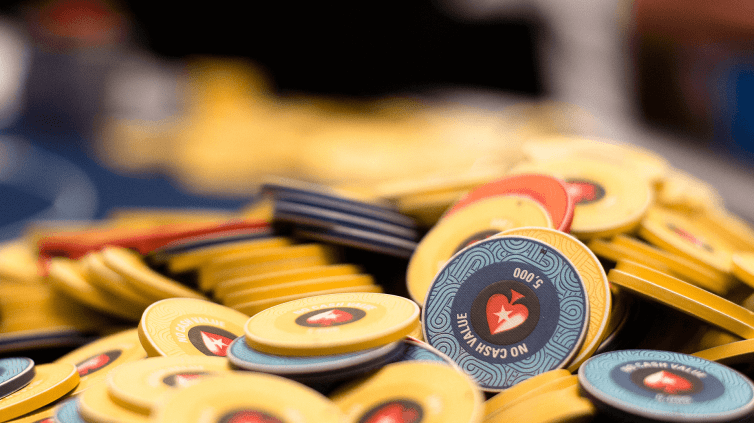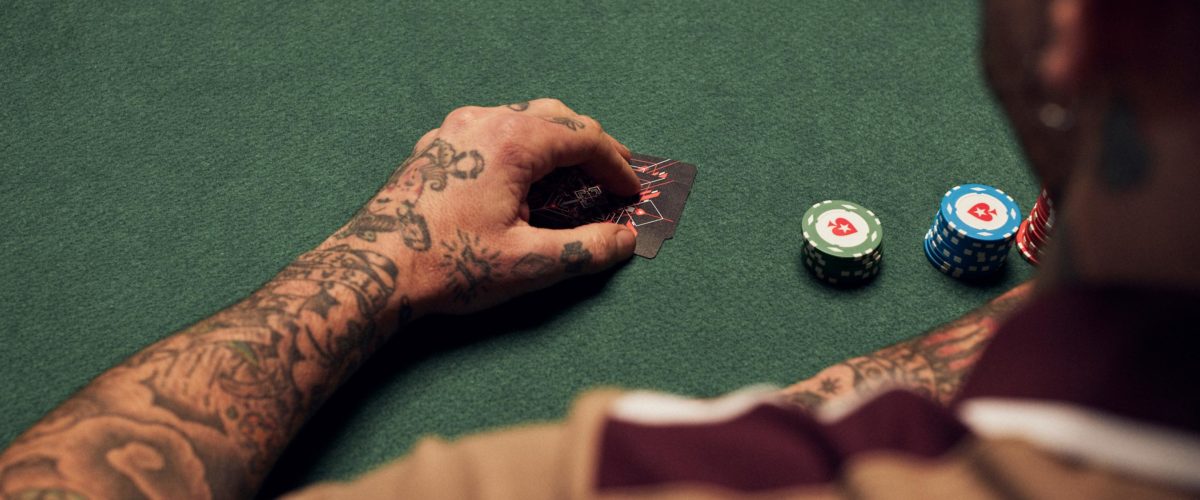Managing Pot Size
Usually the strength of your hand determines if you want to play a big or small pot, and this is especially relevant in no limit Texas Hold’em cash games, where pots can grow to be huge very quickly.
But for a similar reason, the texture of the board and the number of opponents also plays a role, and you need to plan a strategy that takes into account all these variables too.

A good poker player will try to make sure that they are in control of the hand, managing the size of the pot. You want to make sure you win the big pots and get out cheaply if you are losing, and the best way to do this is for your own play to be the determining factor in how big a pot gets.
This is significantly easier if you are in position – another reason that you should always have one eye on the dealer button.
Take a look at the following examples:
A player UTG1 raises with blinds of $1/$2 to $4, UTG2 calls you call with 7♦ 7♠ on the button, both blinds call as well. There are $20 in the pot. Flop is 9♥ 7♥ J♣ . SB checks, BB bets $20, UTG1 calls, UTG2 raises to $50. You hold a set of sevens and facing a bet and a reraise. It is possible that you are beaten but your hand is too strong to fold. But with that many possible draws calling is not an option so you should make a big reraise here. And after reraising you can’t fold if one of your opponents decides to move all-in. So the action and the texture of the board don’t allow you to control the pot.
But in this example it is: A player im MP2 raises to $4, you decide to call with J♥ 10♥ on the BTN. All the other player fold. The flop is J♦ 9♥ 7♣ and your opponent checks to you. You can bet your top pair hand but you can’t be too comfortable with your holding. MP2 calls and the turn is the 2♣ . .Again your opponent checks. This time you can check behind and avoid building a big pot with your vulnerable holding.
In the first hand you flopped a set and the action and the texture of the flop demanded a big pot. With so many players and such a wet board – plus the strength of your own hand – there is simply no way to avoid getting a lot of chips in the middle.
You won’t be able to protect your hand against very strong draws every time. But as long as you are able to get your chips in the pot as a favorite you will make a profit in the long run.
The second hand showed a different situation. With some hands you need to keep the pot small, and top-pair with an average kicker is one of those times. You still have a good enough hand to win a lot of showdowns, but you don’t want to be pouring money in the pot.
Betting re-cap
This chapter of the course has introduced some further ideas of how to proceed after the flop in no limit Texas Hold’em cash games.
The basics still apply, but with a bigger stack (relative to the blinds) and the option to re-buy, you can look at varying your play. You can make judgments based on pot odds. You can also assess the texture of the flop and introduce slow-playing or semi-bluffing to your armoury, all the time managing the size of the pot.
You can keep your opponents guessing as to your holding, while remining in control yourself.
You don’t want to get fancy too often. Quite the contrary: you should stick with the standard play most of the time. But if you find the right spot, the right timing for these plays, you can develop a profitable and fun approach to the game.
